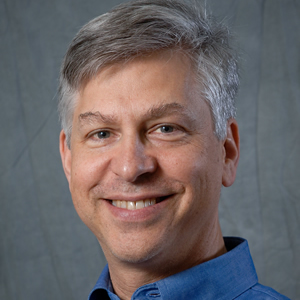Oct 10 - Interfacing Bluetooth devices with Linux in Python
2019-10-04Topic: Interfacing Bluetooth devices with Linux in Python
Presenter: Warren J. Jasper PhD, PE
When: Thursday, 10 October 2019 - 6:45pm to 9:00pm
Where: NCSU College of Textiles, 1020 Main Campus Dr., Room 2207
Parking: Underground parking deck immediately adjacent to the building (see map)
Map: Google Maps will get you close, but use the NCSU College of Textiles link for proper directions to building
Video: This Presentation will not be recorded
Speaker notes
Meetup: https://www.meetup.com/trilug/events/mnstrqyznbnb/
Summary
I recently wrote a "driver" to interface my Raspberry Pi to a bluetooth data acquisition board in Python. There are some interesting subtleties in talking to a device in Python that may be of interest to the beginner as well as the intermediate Linux user. This talk will cover some of the basics of how Bluetooth is implemented in Linux with Python.
Bio
Dr. Jasper has been interested in real-time data acquisition and control since his undergraduate days when he measured the variation the earth's gravity due to the tides. Although he has worked in the aerospace industry designing spacecraft altitude and control systems, he currently designs data acquisition and control systems for textile processes. His research interests include measurement and control of dyeing, plasma textiles for nanoparticle filtration, and writing Linux device drivers which can be found at https://github.com/wjasper/Linux_Drivers. In 2014 he was the recipient of a Fulbright grant in engineering education to promote study abroad for undergraduate textile engineers.
Sponsor
TriLUG Members Like YOU! Thank you!




